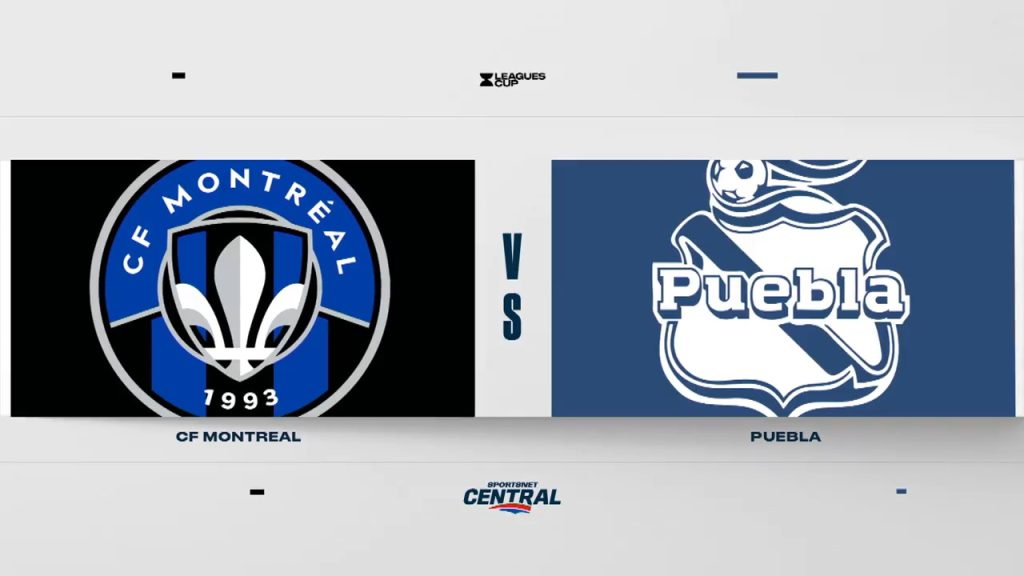
Introduction
The cities of Montréal and Puebla are separated by thousands of kilometers and distinct cultures, yet they share a fascinating array of similarities and contrasts. As diverse metropolises, both cities function as cultural hubs in their respective nations, Canada and Mexico. Understanding their uniqueness and the interplay of tradition and modernity in each city is essential, especially for travelers and researchers alike.
Economy and Industry
Montréal, Canada’s second-largest city, is known for its thriving economy, which is driven by sectors such as technology, aerospace, and tourism. In contrast, Puebla, one of the historical cities in Mexico, boasts a rich manufacturing base, particularly in automotive, electronics, and traditional crafts like Talavera pottery. According to Statistics Canada, Montréal’s economy grew by 2.5% in 2022, while Puebla has seen a consistent GDP increase of around 3% annually.
Cultural Significance and Events
When it comes to cultural offerings, both cities are treasure troves of history and modernity. Montréal is renowned for its diverse festivals, including the Montreal International Jazz Festival and Just for Laughs. Puebla, on the other hand, showcases its rich heritage through events like the Puebla International Festival, featuring traditional cuisine and art. Both cities celebrate their multicultural influences, with Montréal being influenced by French and English settlers, while Puebla maintains its Indigenous and Spanish heritage. The gastronomical scene also plays a significant role in their identities; Montréal is famous for its bagels and smoked meat, while Puebla boasts its mole poblano and chiles en nogada.
Tourism and Attractions
Tourism in both cities highlights their historical significance. In Montréal, tourists flock to Old Montréal’s cobblestone streets, the Notre-Dame Basilica, and the Mount Royal Park. Conversely, Puebla is celebrated for its colonial architecture, including the Puebla Cathedral and the UNESCO-listed Historic Center. In 2022, Montréal attracted approximately 11 million visitors, while Puebla welcomed about 6 million tourists, showcasing the allure each city holds for visitors.
Conclusion
In summarizing the juxtaposition of Montréal and Puebla, it is clear that while the cities are distinctive in many ways, they embody the complexity and richness of their cultural tapestries. The ongoing evolution of both cities represents an interplay of their historical roots with contemporary dynamics, making them significant players on not only a national level but also internationally. As they continue to develop, exploring and comparing cities like Montréal and Puebla becomes vital for understanding global cultural trends, encouraging cross-cultural dialogue that can enrich our shared human experience.



